Increased Healthcare Expenditure
China's rising healthcare expenditure is a significant driver for the neurorehabilitation devices market. The government has been increasing its investment in healthcare infrastructure, with spending projected to reach 7.5% of GDP by 2025. This financial commitment is likely to enhance the availability of advanced rehabilitation technologies in hospitals and clinics. As healthcare facilities upgrade their equipment, the demand for neurorehabilitation devices is expected to surge. Additionally, the growing awareness of the importance of rehabilitation in recovery processes is prompting healthcare providers to allocate more resources towards these devices. Consequently, the neurorehabilitation devices market is poised for growth as funding and resources become more readily available to support innovative rehabilitation solutions.
Government Initiatives and Policies
The Chinese government is actively promoting policies aimed at enhancing rehabilitation services, which serves as a crucial driver for the neurorehabilitation devices market. Initiatives such as the Healthy China 2030 plan emphasize the importance of rehabilitation in improving public health outcomes. Additionally, funding programs and subsidies are being introduced to support the development and adoption of innovative rehabilitation technologies. These government efforts are likely to stimulate market growth by encouraging manufacturers to invest in research and development of new devices. As a result, the neurorehabilitation devices market is expected to benefit from a favorable regulatory environment and increased support for rehabilitation initiatives.
Rising Incidence of Neurological Disorders
The increasing prevalence of neurological disorders in China is a primary driver for the neurorehabilitation devices market. Conditions such as stroke, traumatic brain injury, and neurodegenerative diseases are becoming more common, with estimates suggesting that over 7 million individuals in China are affected by stroke alone. This growing patient population necessitates advanced rehabilitation solutions, thereby propelling demand for neurorehabilitation devices. The market is projected to expand as healthcare providers seek effective tools to enhance recovery outcomes. Furthermore, the aging population in China, which is expected to reach 400 million by 2040, further exacerbates the need for innovative rehabilitation technologies. As a result, the neurorehabilitation devices market is likely to witness substantial growth driven by the urgent need to address these health challenges.
Rising Awareness of Rehabilitation Benefits
There is a growing awareness among healthcare professionals and patients regarding the benefits of neurorehabilitation. Educational initiatives and campaigns are being launched to inform the public about the importance of rehabilitation in recovery from neurological conditions. This heightened awareness is leading to an increase in demand for neurorehabilitation devices, as patients and families seek effective solutions for recovery. Furthermore, healthcare providers are increasingly recognizing the value of early intervention and continuous rehabilitation, which is likely to drive the adoption of advanced devices. As a result, the neurorehabilitation devices market is expected to expand as more individuals seek out these technologies to aid in their recovery journeys.
Technological Advancements in Rehabilitation
Technological innovations are significantly influencing the neurorehabilitation devices market. The integration of robotics, artificial intelligence, and virtual reality into rehabilitation practices is transforming patient care. For instance, robotic exoskeletons and smart rehabilitation devices are being developed to provide personalized therapy, enhancing patient engagement and recovery rates. The market for these advanced devices is expected to grow at a CAGR of approximately 15% over the next five years. Moreover, the adoption of tele-rehabilitation solutions is on the rise, allowing patients to receive therapy remotely, which is particularly beneficial in rural areas of China. These advancements not only improve the efficacy of rehabilitation but also expand access to care, thereby driving the growth of the neurorehabilitation devices market.


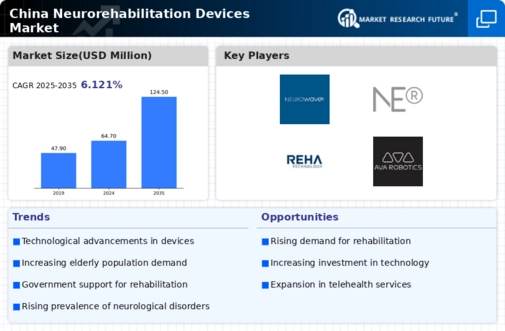
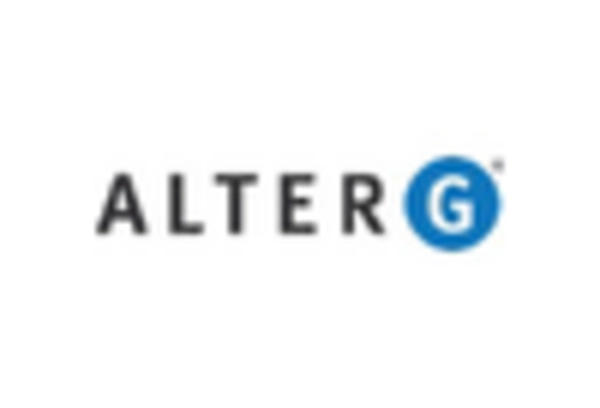
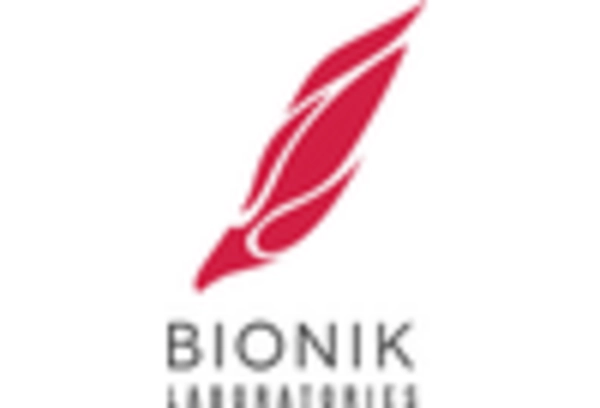
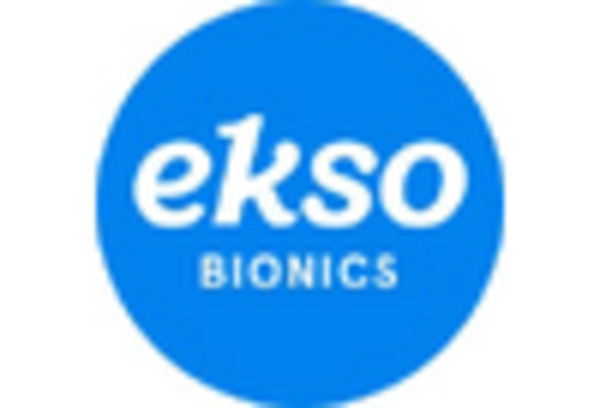

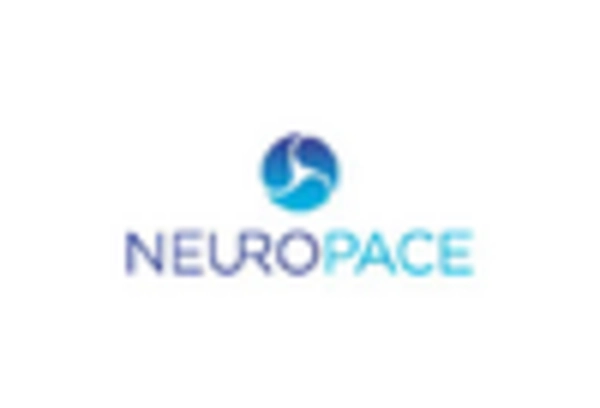
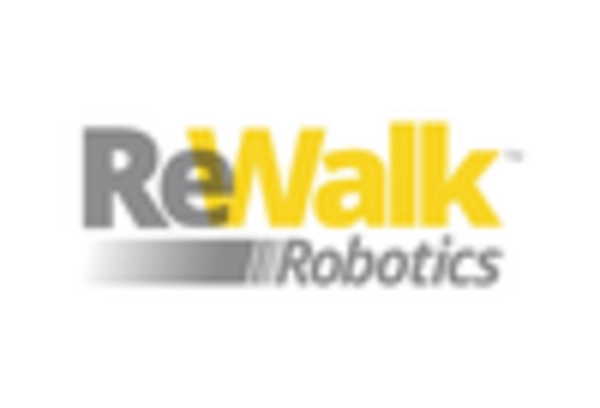








Leave a Comment